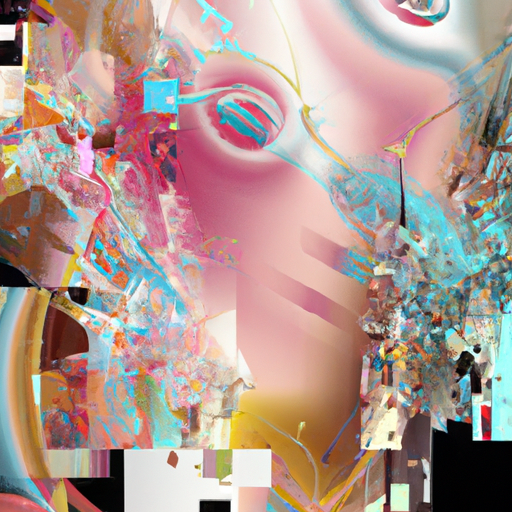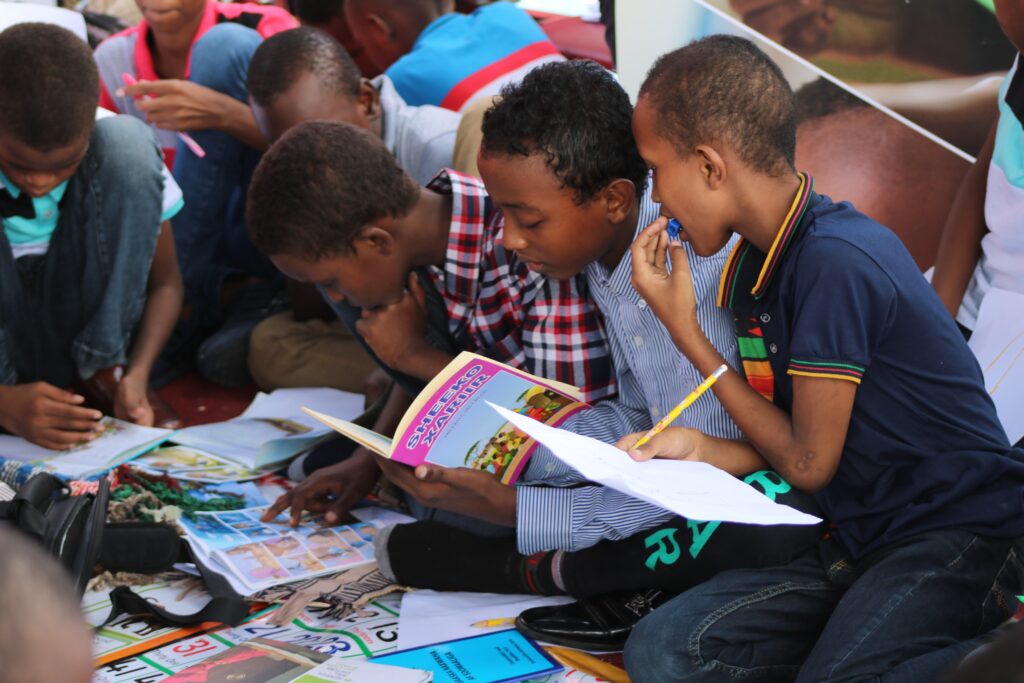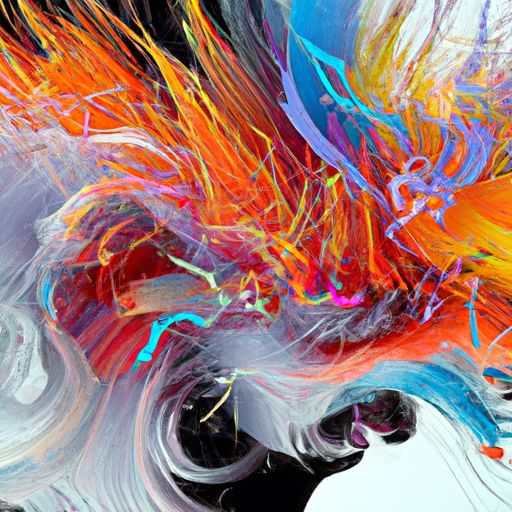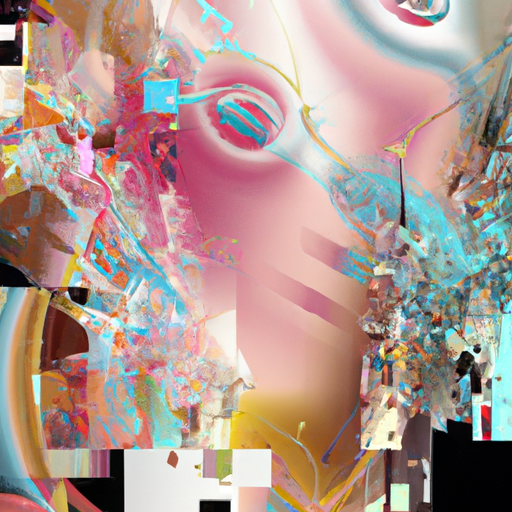
In this article, we will explore the incredible capabilities of AI in generating images. You will learn about the various types of AI techniques used for image generation, such as generative adversarial networks (GANs) and style transfer. We will discuss how AI can create realistic portraits, landscapes, and even abstract art. By the end, you will have a better understanding of the powerful potential of AI in the field of image generation.

Introduction to AI-generated images
Understanding the concept of AI-generated images
Artificial intelligence (AI) has made significant advancements in various fields, and one such remarkable achievement is the generation of images. AI-generated images are created using complex algorithms and models that have the ability to produce realistic and imaginative visuals. These images have vast potential in numerous applications, ranging from visual effects in movies and video games to digital content creation and augmented reality experiences.
Exploring the potential applications of AI-generated images
The capabilities of AI-generated images are not limited to any specific industry or field. These images can significantly enhance visual effects in movies and video games, creating more immersive experiences for the audience. Additionally, they can be used in digital content creation and advertising, allowing companies to develop captivating visuals that attract and engage their target audience.
Augmented reality and virtual reality applications can also benefit from AI-generated images. By generating realistic virtual environments and objects, AI allows users to interact with lifelike digital content. Furthermore, AI-generated images can be utilized in creating realistic simulations and training datasets, aiding industries such as healthcare, aerospace, and robotics in preparing professionals and improving their skills.
Different AI models for generating images
GANs (Generative Adversarial Networks)
Among the various AI models used for generating images, Generative Adversarial Networks (GANs) have garnered significant attention. GANs consist of a generator network and a discriminator network, which work in tandem to generate new images. The generator network produces images, while the discriminator network distinguishes between real and generated images. The feedback from the discriminator helps the generator to continuously improve, resulting in the generation of increasingly realistic images.
Variational Autoencoders (VAEs)
Variational Autoencoders (VAEs) are another type of AI model used for image generation. VAEs aim to encode and decode images, allowing for the generation of diverse visuals. These models learn the underlying distribution of the input images and can generate new images by sampling from that distribution. VAEs offer the advantage of being able to explore the latent space and reconstruct images, making them suitable for applications that require image variation and manipulation.
Neural Style Transfer
Neural Style Transfer is a technique that combines the content of one image with the style of another image, resulting in a new image that possesses the content of one image and the artistic style of another. By employing deep neural networks, this technique can generate visually appealing and creative images with unique artistic styles.
DeepDream
DeepDream is an algorithm developed by Google that produces surreal and psychedelic images by amplifying and enhancing specific patterns within an image using deep neural networks. This technique utilizes the layers of a pre-trained neural network to generate images that exhibit rich and intricate details.

How GANs generate realistic images
Overview of GAN architecture and components
GANs consist of two main components: the generator and the discriminator. The generator takes random noise as input and attempts to generate images that resemble real images. The discriminator, on the other hand, tries to distinguish between the generated images and real images.
Training process of GANs
During the training process, the generator tries to fool the discriminator by producing images that are similar to real images. The discriminator, in turn, learns to differentiate between real and generated images. This adversarial relationship between the generator and the discriminator fosters improvement in the quality of generated images over time.
Sampling techniques in GANs
Variations of GANs employ different sampling techniques to generate images. Some GANs utilize random noise as input to the generator, while others use conditional input, such as class labels. These techniques allow for the generation of specific types of images or the control of certain attributes in the generated images.
Advancements and challenges in GANs
GANs have witnessed significant advancements, with researchers continuously improving their architectures and training techniques. Recent developments include progressive growing, which enables the generation of high-resolution images, and style-based GANs, which allow for the control of specific image attributes such as color, shape, and texture. However, challenges such as mode collapse, where the generator fails to produce diverse images, and training instability still persist and require further research and development.
The role of VAEs in generating diverse images
Understanding the working principle of VAEs
VAEs operate on the basis of an encoder-decoder structure. The encoder encodes input images into a lower-dimensional latent space, while the decoder decodes the encoded vectors back into images. This process allows for the generation of diverse images by manipulating the distribution in the latent space.
Sampling and reconstructing images with VAEs
One of the key advantages of VAEs is their ability to sample from the latent space, creating variations within a given dataset. By adjusting the sampling distribution, users can generate images with different attributes and styles. Additionally, VAEs can reconstruct input images with high fidelity, making them useful for tasks such as image restoration and inpainting.
Applications of VAEs in image generation
VAEs have found applications in numerous areas, including generating new images based on existing ones, generating missing content in images, and even generating images in unobserved areas of the latent space. These capabilities make VAEs valuable tools for content creation, artistic expression, and data augmentation.

Neural Style Transfer and its artistic image generation
Explaining the concept of neural style transfer
Neural Style Transfer involves combining the content of one image with the style of another image to produce an image that retains the content but adopts the artistic style. This technique uses pre-trained deep neural networks to capture visual representations of both content and style, and then applies the style to the content image.
Generating artistic images through style transfer
Neural Style Transfer allows for the creation of artistic images by leveraging the aesthetic features of an artistic style and applying them to a content image. By adjusting the style weight and architecture of the neural network, users can achieve different levels of stylization and artistic effects.
Limitations and advancements in neural style transfer
While Neural Style Transfer has its artistic merits, it does have limitations. High-quality style transfer often requires time-consuming computations, resulting in slow processing speeds. However, recent advancements, such as Fast Neural Style Transfer algorithms, have improved the efficiency of this technique, enabling real-time style transfer even on resource-limited devices.
Unleashing creativity with DeepDream images
DeepDream algorithm and its generation process
DeepDream is an algorithm that utilizes deep neural networks to generate visually striking and highly detailed images. It achieves this by enhancing specific patterns within an image. The algorithm iteratively modifies the image based on the activations of the neural network and amplifies the features that trigger these activations.
Producing surreal and psychedelic images with DeepDream
DeepDream is particularly known for producing surreal and psychedelic images by emphasizing intricate details and patterns within an image. The algorithm enhances and exaggerates these visual elements, resulting in visually captivating and dreamlike images.
Potential uses of DeepDream images in art and entertainment
DeepDream images have found applications in art exhibitions, creative projects, and entertainment industries. These images offer a unique and visually stimulating experience, providing a different perspective on reality. They can captivate audiences, spark imagination, and inspire creative endeavors.

Applications of AI-generated images
Enhancing visual effects in movies and video games
AI-generated images can significantly enhance visual effects in movies and video games by creating realistic and immersive environments, characters, and special effects. They enable filmmakers and game developers to push the boundaries of visual storytelling and deliver captivating and visually stunning experiences to audiences.
Digital content creation and advertising
AI-generated images have the potential to revolutionize digital content creation and advertising. Companies can leverage these images to create visually appealing and attention-grabbing content that engages their target audience. AI-generated images can be used in website design, social media advertising, product visualization, and more, enabling businesses to stand out in a crowded digital landscape.
Augmented reality and virtual reality applications
AI-generated images play a crucial role in augmenting reality and creating virtual environments. By generating realistic virtual objects, landscapes, and characters, AI enables users to immerse themselves in augmented reality experiences and virtual reality simulations. This technology has applications in gaming, training, virtual tours, and more, enhancing the way people interact with digital content.
Creating realistic simulations and training datasets
AI-generated images have immense value in creating realistic simulations and generating training datasets. Industries such as healthcare, aerospace, and robotics can utilize these images to simulate complex scenarios, train professionals, and develop algorithms. By generating diverse and realistic images, AI helps enhance training programs and improve the accuracy and efficiency of various systems and processes.
Ethical considerations and challenges
Copyright and ownership of AI-generated images
The generation of images by AI raises questions about copyright ownership and intellectual property. Since AI models are trained on existing images and data, it can be challenging to determine who has the rights to the generated images. This ambiguity requires careful consideration and legal frameworks to ensure fair and ethical treatment of AI-generated visuals.
Potential misuse and manipulation of AI-generated images
AI-generated images have the potential to be misused for various malicious purposes, such as creating fake news or misinformation, spreading propaganda, or generating realistic-looking but false evidence. This necessitates the development of robust security measures, detection algorithms, and ethical guidelines to prevent the misuse and manipulation of AI-generated visuals.
Addressing bias and fairness in AI-generated images
AI models are trained on existing datasets, which may contain inherent biases. This bias can be reflected in the generated images, perpetuating and amplifying societal inequality and discrimination. To mitigate this issue, researchers and developers must actively work towards addressing bias and ensuring fairness in AI-generated images, promoting inclusivity and diversity.

Future prospects of AI-generated images
Advancements and innovations in the field
The field of AI-generated images is continuously evolving, with researchers pushing the boundaries of what is possible. Advancements in AI models, training techniques, and hardware capabilities are contributing to the production of more realistic and diverse images. The development of more efficient algorithms and faster processing speeds opens up new possibilities for real-time image generation and interactive applications.
Integration of AI-generated images in various industries
As AI-generated images become more refined and accessible, they are poised to find integration in various industries. From architecture and interior design to fashion and advertising, AI-generated visuals have the potential to revolutionize how professionals and businesses engage with visual content. The seamless blending of AI-generated images with traditional art and creative industries can lead to exciting collaborations and new artistic expressions.
Impacts on traditional art and creative industries
The advent of AI-generated images introduces new challenges and opportunities for traditional art and creative industries. While it may raise concerns about the authenticity and uniqueness of human-made art, it also allows artists to explore new creative mediums, blending their artistic skills with AI tools. The collaboration between AI and human creativity has the potential to yield groundbreaking artistic achievements and redefine the boundaries of traditional art forms.
Conclusion
AI-generated images have emerged as a powerful tool in various fields, revolutionizing visual effects in the entertainment industry, advertising, augmented reality, and image synthesis. The different AI models and techniques, such as GANs, VAEs, Neural Style Transfer, and DeepDream, provide unprecedented opportunities for generating realistic, diverse, and creatively influential visuals.
However, ethical considerations, including copyright ownership, potential misuse, and bias, need to be addressed to ensure responsible and fair use of AI-generated images. As technology advances, AI-generated images will continue to shape our society, impacting various industries and transforming the way we create and perceive visual content. With careful consideration of these advancements and challenges, AI-generated images can usher in an era of visual creativity and innovation.



